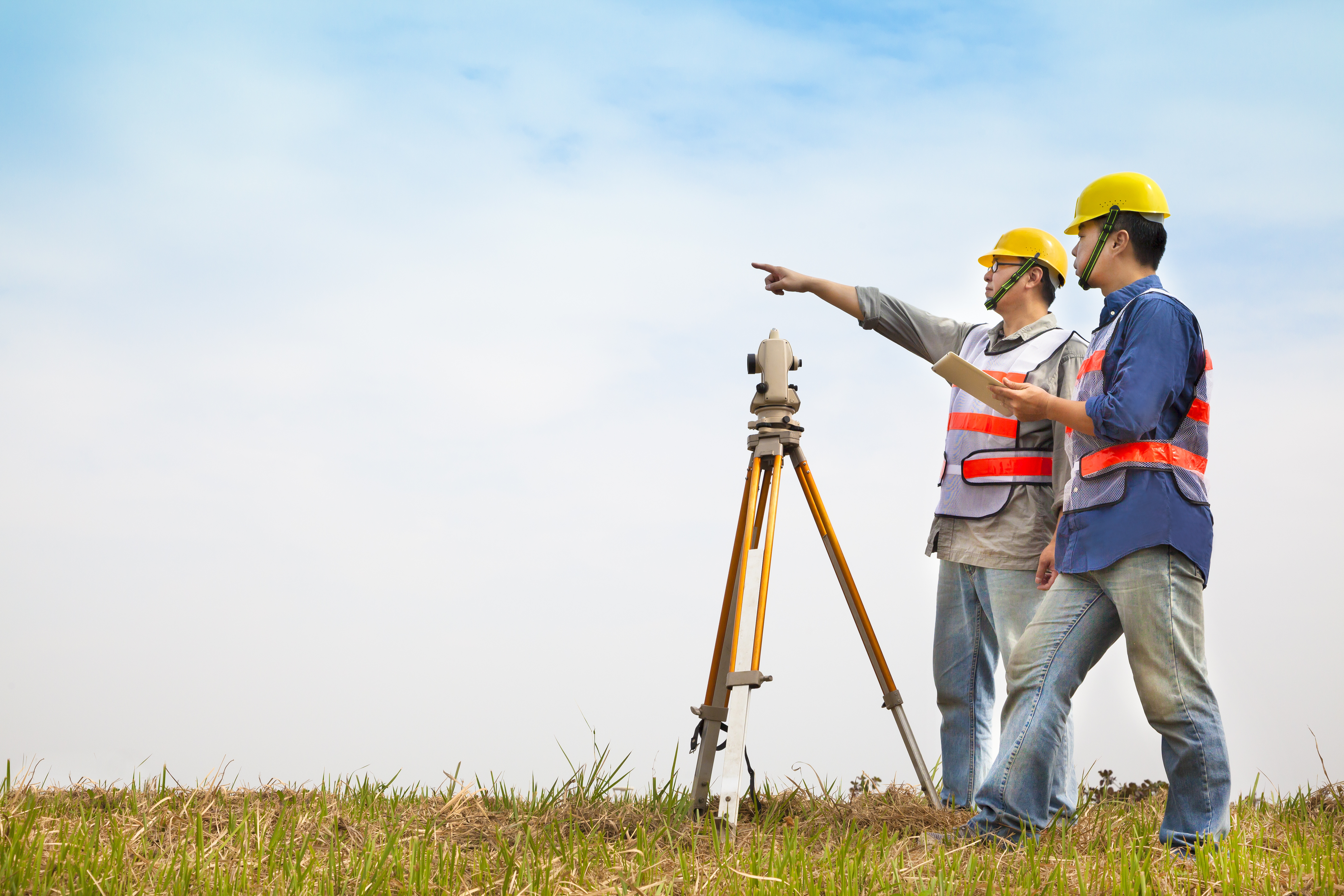As property real estate development becomes increasingly complex, comprehending the details of legal privileges has never been more important. https://anotepad.com/notes/fkfm4ged that greatly impacts both developers and property owners is the entitlement to light. A Right to Light Survey serves as a vital tool in confirming that projects not just fulfill planning requirements but also honor the light access of neighboring properties. This survey can avoid costly legal battles and foster better connections within communities, making it an necessary step in the construction process.
In the following sections, we will examine the top five motivations why conducting a Right to Light Survey is advantageous. We will investigate the historical context and context and legal principles behind these rights, how they influence planning approvals, and the necessary precautions that can safeguard your project against upcoming complications. If you are a seasoned developer or considering your first project, grasping the value of right to light can set the basis for successful and collaborative developments.
Grasping Right to Light
Right to Light is a legal right that enables a land owner to receive daylight through openings in their premises. In the UK, this right is originates from case law and is generally established if a building has experienced unobstructed light for a particular period, often 20 years. When developers design new buildings, the potential influence on existing light levels can emerge as a crucial factor, leading to issues from neighboring real estate owners about losing their rights to light.
Comprehending this concept is crucial in property development, as neglecting to take into account rights to light can result in significant legal challenges and hold-ups. Developers need to be cognizant that even if planning permission is authorized, it does not automatically protect them from right to light disputes. A thorough knowledge of these rights can aid developers in designing options that reduce disruption to neighboring properties and diminish the risk of objections.
Engaging in a Right to Light survey early in the planning process can aid identify potential issues and guide design changes to maintain compliance. By doing so, developers can not only adhere to legal standards but also cultivate positive interactions with neighboring property owners, ensuring easier project development and lessening disputes that can occur from neglecting these important rights.
Lawful Factors and Adherence
When participating in property development, understanding the regulatory structure surrounding light rights is crucial. This concept is rooted in traditional law, which allocates property owners the right to get light through defined windows or openings. Familiarity with this juridical right can forestall costly disputes, ensuring developers adhere with current laws and rules. Awareness of the legal precedents concerning right to light guarantees that developers are ready for potential challenges during the planning stage.
The implications of light rights reach beyond immediate adherence; they can significantly influence planning permission outcomes. Authorities evaluate how a proposed project impacts neighboring properties' light availability. Developers must navigate Local Planning Authority policies and take into account potential objections from neighboring property owners. Performing a right to light survey at an early stage in the development process helps in identifying risks that may arise from such assessments, thus expediting project approval.
Judicial solutions are available for right to light infringements, which may include compensation or, in more severe cases, court orders. Grasping how these remedies function is crucial for developers to strategically manage interactions with adjacent property owners and respond adequately to objections. Anticipatory engagement with legal experts ensures that developers not only comply with light rights regulations but also cultivate positive cooperation with the surrounding community.
Survey Process and Industry Knowledge
The method of conducting a Right to Light survey involves several crucial phases that ensure precise evaluation and adherence with regulatory standards. First, surveyors collect site data, including current structures and adjacent properties, to assess possible light obstruction. Using specific tools, including sunlight and daylight analysis software, surveyors develop models to analyze how light interacts with the proposed developments. https://shepherd-lam.technetbloggers.de/light-rights-your-rights-outlined is crucial, as it lays the groundwork for identifying any potential infringements on current light rights.
After the preliminary analysis, the subsequent phase involves detailed assessments and reporting. A comprehensive Daylight and Sunlight report will be created, illustrating findings and recommendations for the developer. This report adheres to the BRE guidelines, which offer a structure for assessing the impact of new projects on adjacent properties. By providing clear visuals and detailed analysis, the report functions not only as a regulatory document but also as an important tool for discussions with local authorities and affected neighbors.
Including industry knowledge, it is clear that engaging with Right to Light experts early in the development process is beneficial. Their knowledge not only aids in navigating the challenges of legal regulations but also in fostering positive relationships with nearby property owners. By tackling Right to Light considerations proactively, developers can reduce risks of legal conflicts, ease planning approvals, and focus on successful project implementation while ensuring that both their needs and those of the adjacent properties are respected.

